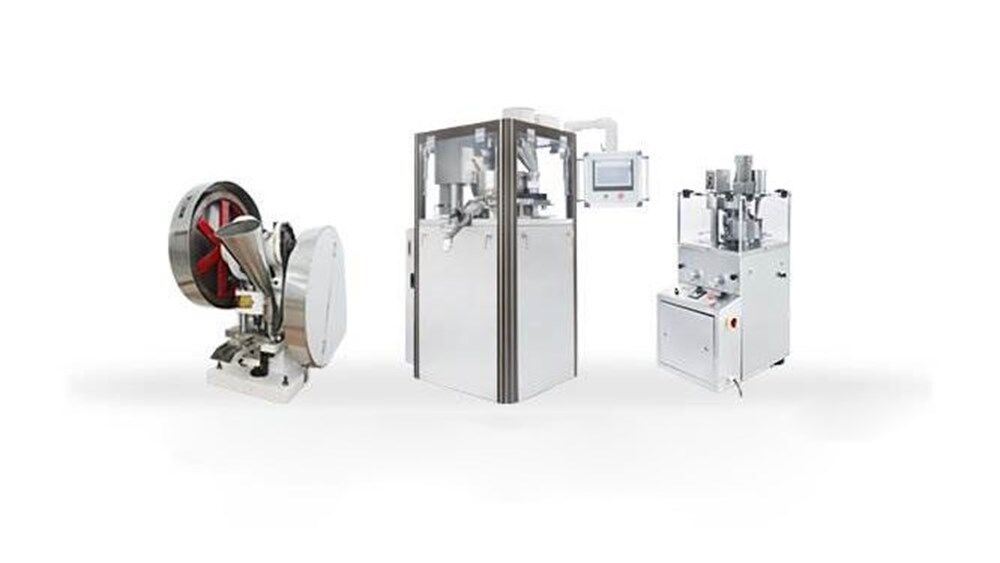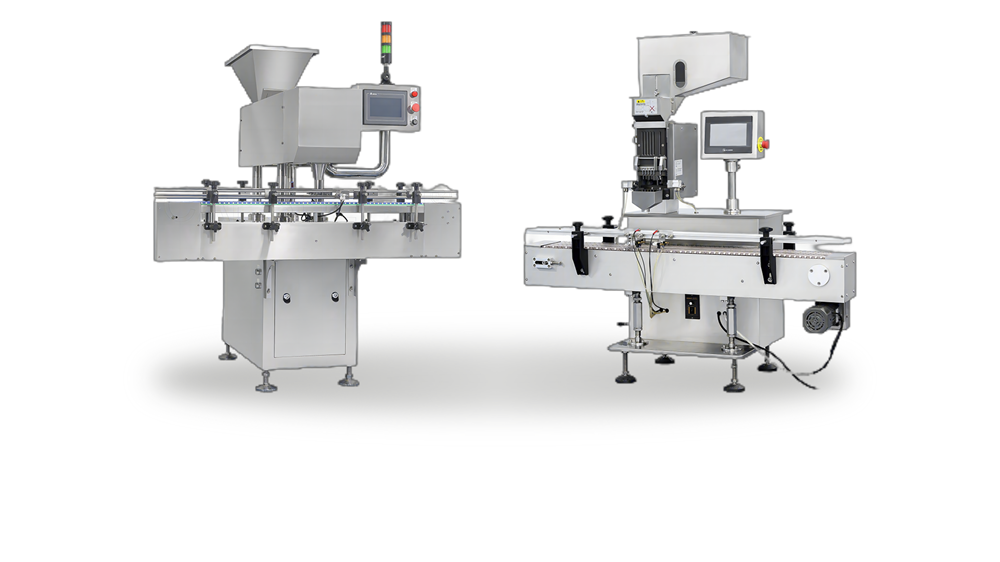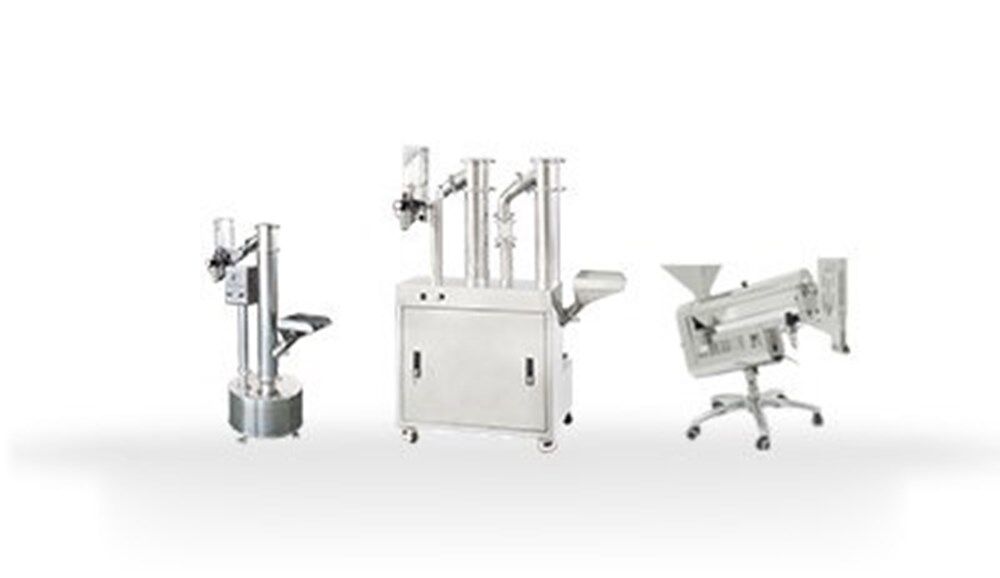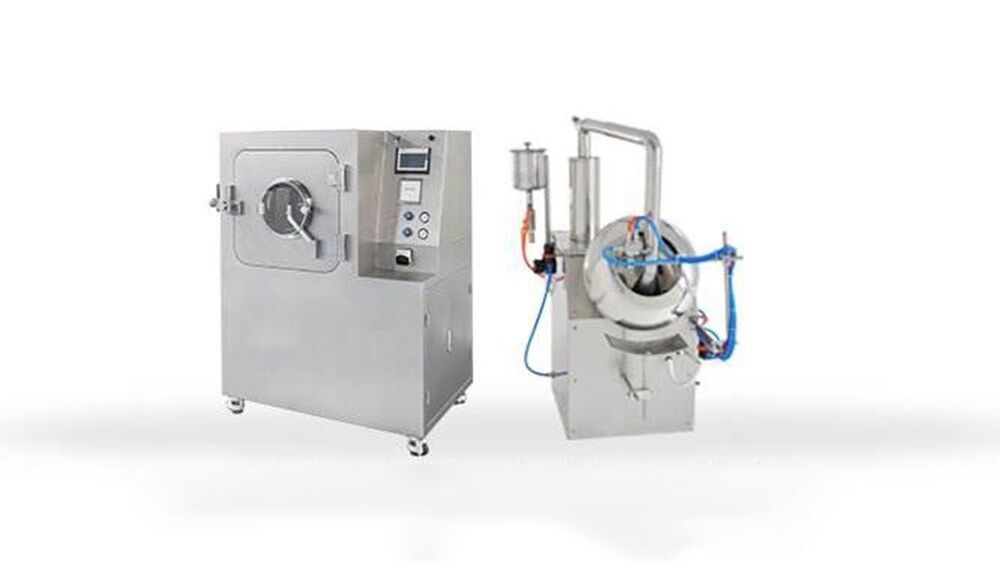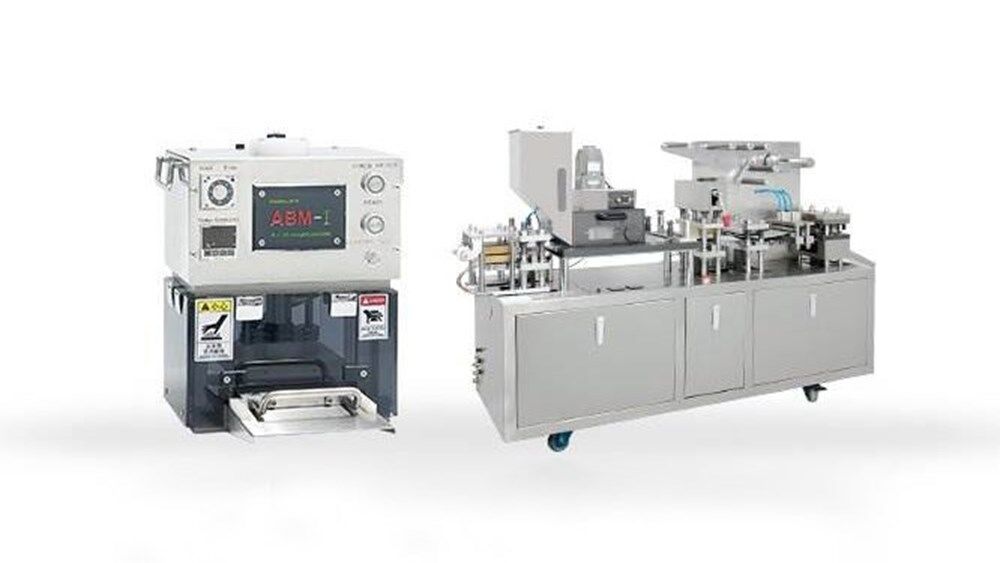Mastering the Plate Process of Soft Gelatin Capsules
Soft gelatin capsules are popular for delivering medicines and supplements. They can be made by using different methods. Although many modern techniques exist, the plate process is one of the oldest ways to make softgels.
 Curious about this simple yet effective manufacturing process? In today's post, we take a closer look at the plate process of soft gelatin capsules. Whether you are new to capsule making or have experience, this post will help you understand how the plate process works as well as its pros and cons. Let's explore together!
Curious about this simple yet effective manufacturing process? In today's post, we take a closer look at the plate process of soft gelatin capsules. Whether you are new to capsule making or have experience, this post will help you understand how the plate process works as well as its pros and cons. Let's explore together!
What Are Soft Gelatin Capsules and How Are They Made?
Soft gelatin capsules, or softgels, are a type of oral dosage form with a flexible shell. They usually contain a liquid fill that can hold medicine, vitamins, or supplements. The shell is mainly made of gelatin—a protein from animal sources.
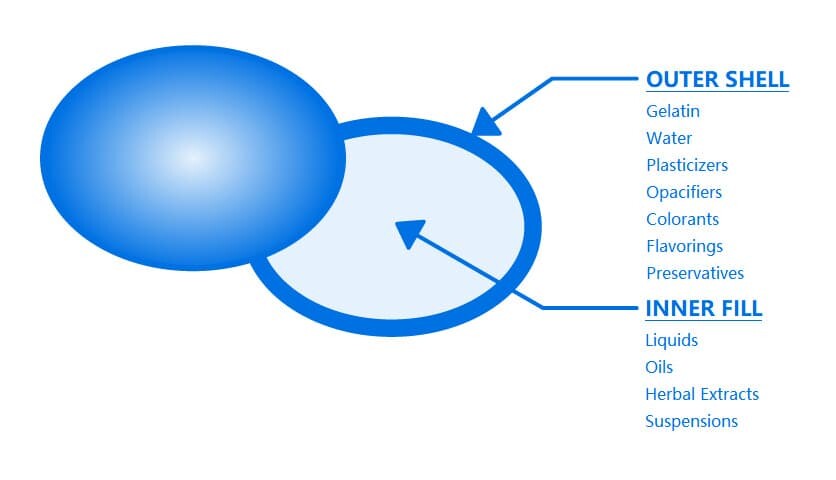
In addition, softgels include plasticizers like glycerin to keep the shell flexible, water to form the gelatin, and other additives such as colorants and opacifiers to improve appearance and stability.
There are several ways to make softgels. The three main methods are:

1. Plate Process: It draws a gelatin sheet into the pockets using a vacuum, fills them with liquid, and then seals with another gelatin sheet.
2. Rotary Die Process: This continuously feeds gelatin ribbons to form capsules, fills liquid inside, and seals the filled capsules at the same time.
3. Bubble Process: It forms seamless capsules by creating droplets that quickly cool into shape.
What Is the Plate Process of Soft Gelatin Capsules?
The plate process is one of the oldest methods for making soft gelatin capsules. It dates back to early capsule manufacturing when simple tools were used to create flexible, sealed capsules. In this method, a gelatin sheet is placed over a mold plate that has many small pockets. A vacuum pulls the gelatin into these pockets, and the pockets are filled with liquid before another gelatin sheet is placed on top and pressed to seal the capsule.
This process is simple and easy to understand. Although modern automated methods like the rotary die and bubble processes have improved speed and uniformity, the plate process still matters. It is useful for small-scale production, custom formulations, and research settings where flexibility and hands-on control are needed.
How the Plate Process of Soft Gelatin Capsules Works?
Let's break down the process step by step:
Step 1: Prepare the Gelatin Sheet.
First, a warm, plasticized gelatin mixture is made. This mixture is poured onto a flat surface to form a thin sheet.
Step 2: Place the Gelatin Sheet on the Die Plate.
Next, the gelatin sheet is carefully laid over a die plate. The die plate has many small pockets or depressions that will shape the capsules.
Step 3: Apply Vacuum to Form the Pockets.
A vacuum is applied to the plate. This suction pulls the gelatin into each pocket. The gelatin fills the pockets and takes on their shape.
Step 4: Fill the Pockets.
Once the pockets are formed, they are filled with the desired liquid or paste. This fill may contain formulations like vitamins, medicines, or supplements.
Step 5: Seal the Capsules.
After filling, a second sheet of gelatin is gently placed on top. The two sheets are pressed together using a die press. This seals the fill inside and cuts out the individual softgels.
Advantages and Disadvantages of the Plate Process of Soft Gelatin Capsules
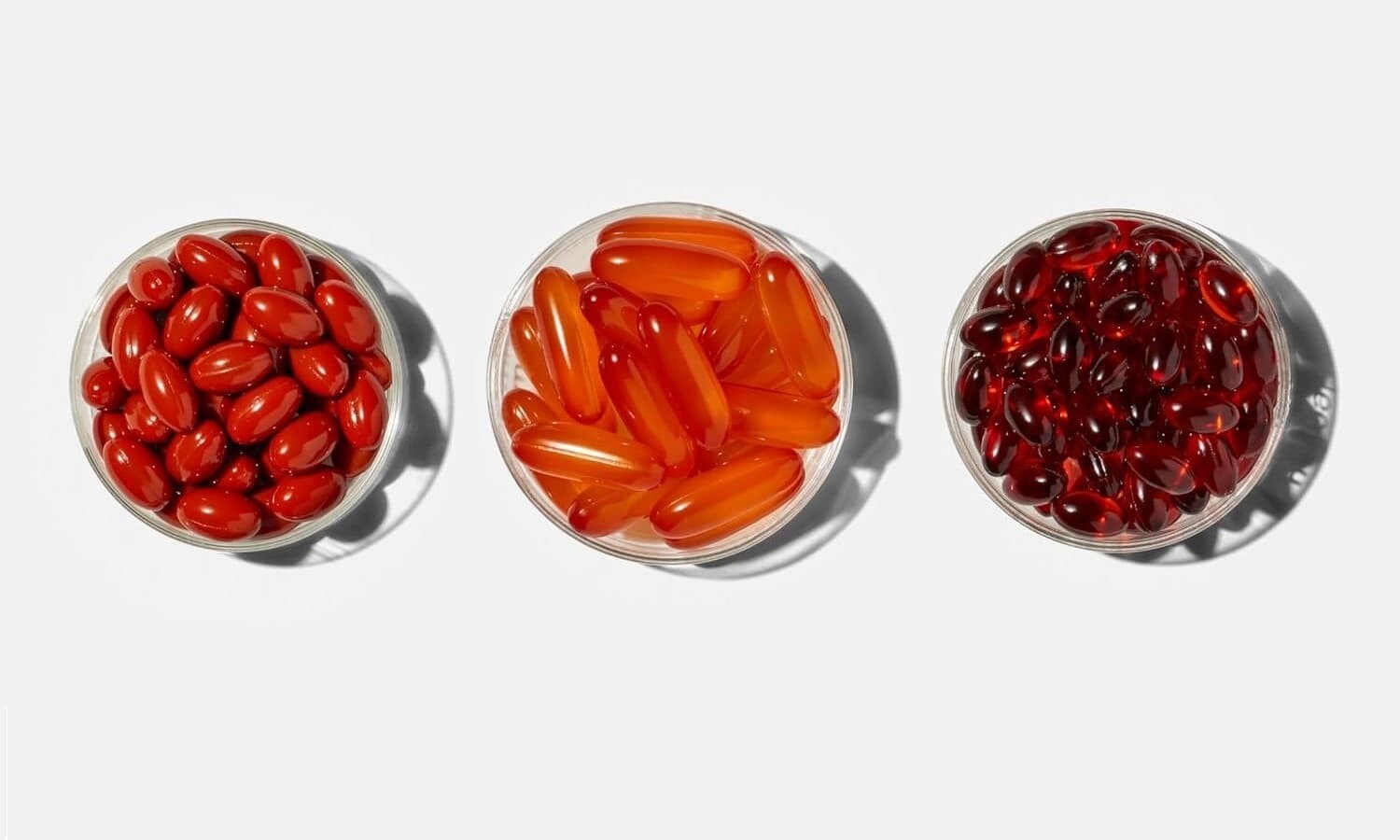 Advantages:
Advantages:
- The plate process uses basic steps and simple equipment. This makes it easy to learn and operate. It is especially good for beginners or small labs.
- Because it is not fully automated, you can easily adjust the process. This is useful for testing different formulations or capsule shapes. Small batches work well with this method.
- The equipment needed for the plate process is not very expensive. This helps when you are working on a limited budget. It also means less upfront investment for small-scale production.
- You can change the design of the die plate to create unique capsule shapes or sizes. This is helpful for research projects or niche products.
- With a more manual process, operators can closely monitor each step. This may help catch errors early and adjust parameters on the fly.
Disadvantages:
- The process is more time-consuming. It is not ideal when you need to produce a large number of capsules quickly.
- Manual steps can lead to variations in capsule size and fill volume. This may affect consistency and dosage accuracy.
- Skilled operators are needed to manage each step. More labor means higher ongoing costs.
- Because the process is less automated, there is a higher chance of material loss during production.
- The plate process works best for small batches or custom orders. For mass production, automated methods like the rotary die process are more efficient.
Equipment Used in the Plate Process of Soft Gelatin Capsules
In the plate manufacturing process, a softgel production line is essential. This process usually requires several machines to work together.
First, you need a gelatin melting tank. This machine heats and mixes the gelatin with water, plasticizers, and other ingredients until you get a smooth, molten liquid. The tank is designed to keep the mixture at a steady temperature so that the gelatin stays liquid and flows easily.
Next, a die plate comes into play. The die plate is a flat metal plate with many small pockets or holes. This plate gives the capsules their shape. The pockets can be made in various sizes and designs to match the desired capsule form.
A vacuum system is also important. Once the gelatin sheet is placed over the die plate, a vacuum is applied to pull the gelatin into each pocket. This step ensures that the gelatin conforms to the shape of the pockets.
After the gelatin is drawn into the pockets, you need a way to fill them with the desired liquid. For this, a filler or dispenser is a must-have. They carefully pour or inject the fill material into each pocket.
Then comes the die press. This press is used to place a second gelatin sheet on top of the filled pockets. The die press applies pressure to seal the two sheets together and simultaneously cut the capsules out from the continuous gelatin film.
Finally, additional equipment, such as cutting tools and inspection stations, may be used. Cutting tools help to trim any excess gelatin, and inspection equipment checks that the capsules are properly sealed and uniformly filled.
Softgel Encapsulation Methods: Plate Process vs. Rotary Die Process vs. Bubble Process
Below is a detailed comparison table that breaks down the key aspects of the three main soft gelatin capsule manufacturing processes.
|
Aspect |
Plate Process |
Rotary Die Process |
Bubble Process |
|
Basic Principle |
A warm gelatin sheet is placed on a die plate with pockets. A vacuum pulls the gelatin into each pocket, which is then filled and sealed with another sheet. |
Two continuous gelatin ribbons are formed. They are fed into two rotating die rolls to form capsule shells. An injection wedge fills liquid. The die rolls seal, and cut the capsules in one automated step. |
A molten gelatin stream breaks into droplets as it exits a nozzle. These droplets quickly cool into seamless, spherical capsules. |
|
Production Speed |
This process is relatively slow and best suited for small batches or custom orders. |
It is very fast and ideal for high-volume production, thanks to its continuous and automated nature. |
The bubble process runs at a moderate speed. It is less common than rotary die for mass production but works well for specialized, seamless designs. |
|
Uniformity |
There can be more variability in size and fill due to the manual or semi-manual steps involved. |
Capsules produced are highly uniform with precise fill weights and consistent shape. |
Produces uniform, round capsules if well controlled, but may show variations if the droplet formation isn't tightly regulated. |
|
Flexibility/Customization |
Offers high flexibility. It is easy to adjust the die plate for different shapes and sizes. |
Flexible in terms of customization. The die rolls can be customed for various capsule sizes and designs. |
Provides a unique, seamless capsule design that can be attractive for niche products, although customization options are more limited compared to other processes. |
|
Equipment Complexity & Cost |
Uses simpler, lower-cost equipment. The machinery is easier to set up and maintain for small production runs. |
Involves more complex and expensive machinery that is highly automated, making it a better choice for mass production despite higher initial investment. |
Requires specialized equipment that is moderately complex. It falls between the plate and rotary die processes in terms of cost and sophistication. |
|
Labor Intensity |
It is more labor intensive, requiring skilled operators to monitor and adjust each step manually. |
The process is highly automated, reducing labor needs and minimizing manual intervention. |
Labor requirements are moderate. Operators need to manage the process closely to ensure droplet consistency, but much of it is automated. |
|
Suitable Applications |
Best for small-scale production, research, and custom capsule designs where flexibility is needed. |
Ideal for large-scale, high-speed production of standardized capsules. |
Well suited for producing specialized, seamless softgels or for formulations that benefit from the unique bubble-formed shape. |
Tips for Optimizing the Plate Process of Soft Gelatin Capsules
If you're making softgels with the plate process and want to get better results, here are some practical tips to help you out.
1. Keep your gelatin melting tank at a steady temperature. Ensure the gelatin mixture is warm enough to stay liquid and flow evenly. A small temperature change may affect the final quality of your softgels.
2. Use high-quality gelatin and plasticizers. Good raw materials typically have a consistent viscosity. This ensures the gelatin spreads evenly over the die plate.
3. Regularly inspect and clean the die plate. Make sure the pockets are clear and free of residue. This helps form soft gelatin capsules that are uniform in shape and size.
4. Set your vacuum system just right. Too strong a vacuum can overfill the die pockets, while too weak a vacuum may leave pockets partially empty. Experiment to find the ideal setting for your equipment.
5. Use accurate filling techniques. Whether you are using manual or semi-automated systems, measuring the fill precisely helps keep dosage uniform across capsules.
6. Ensure the die press applies the correct pressure. Too much or too little pressure might not seal the softgel capsules properly.
7. Since the plate process is more hands-on, make sure your operators know the steps well. A skilled team can catch issues early and adjust settings on the fly.
Key Takeaways
— The plate process is one of the oldest methods used to make soft gelatin capsules.
— It involves drawing a warm gelatin sheet into die plate pockets using a vacuum, filling the pockets with liquid, and then sealing them with a second sheet.
— The process is simple, flexible, and cost-effective for small-scale or custom production.
— It may be slower and more labor intensive than automated methods like the rotary die process.
— Optimizing the plate process involves controlling temperature, vacuum settings, fill volumes, and sealing pressure.
— Despite newer methods, the plate process remains relevant for research and niche production where customization is key.
Leave your comment
Also Offers
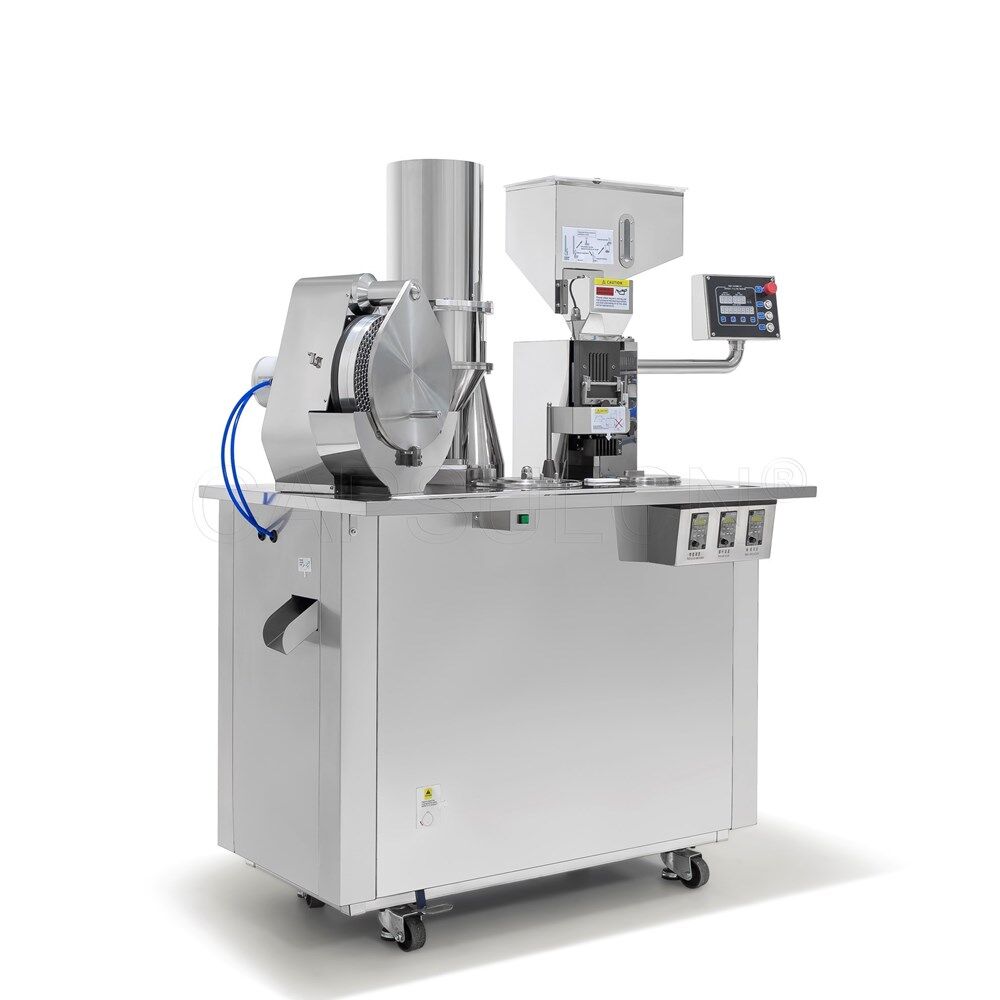

Containment Automatic Capsule Filling Machine SFK-703
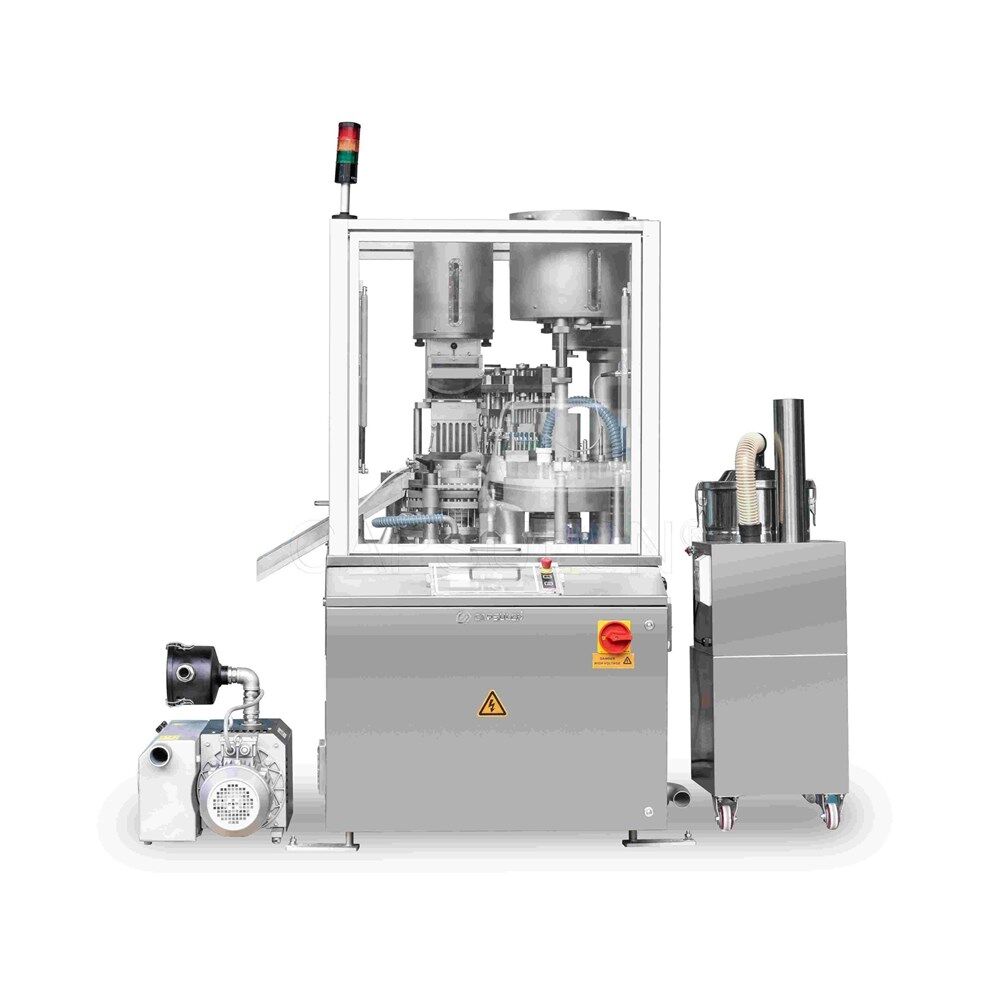
Fully Automatic Dosator Capsule Filling Machine CZ-40

Our Team
As an expert in the pharmaceutical and pharmaceutical packaging industry, iPharMachine has provided solutions for hundreds of pharmaceutical and health product manufacturers for 17 years. By visiting customers, we get good reviews from our customers.
- info@ipharmachine.com
- English Español Deutsche
